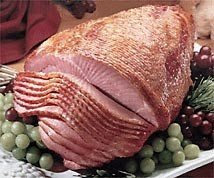
A family business is not all good and not all bad. It can be a great idea or a downright horrible idea. Like anything, a family business has both advantages and disadvantages. The best you could do before starting a family business is to know all the pros and cons and prepare yourself for the road ahead.
A family business can work for you, but it also can ruin you. The best you can do is to prepare yourself for it.
A family business has its pros and cons, and I can't blame you for the reservations that you feel in setting up one.
On the surface, starting a family business company seems like a good idea — young family members don't need to worry about applying for jobs. You work with people you know very well and you can trust. However, what binds a family enterprise together can also be the wedge that can tear it apart. Family dynamics inevitably impact on the operation of the family owned business. Personal and business problems are intertwined so that they are extremely difficult to identify, much less resolve.
Upsides and downsides
We hear horror stories about families feuding about money, commercial decisions, succession, etc. However, for every horror story, I think you would find a success story — where families are able to make a go of an enterprise without undermining their relationships.
You might wish to meet with your brothers to weigh the advantages and disadvantages of setting up a family enterprise. Here are some of them:
Advantages:
A family business can work for you, but it also can ruin you. The best you can do is to prepare yourself for it.
A family business has its pros and cons, and I can't blame you for the reservations that you feel in setting up one.
On the surface, starting a family business company seems like a good idea — young family members don't need to worry about applying for jobs. You work with people you know very well and you can trust. However, what binds a family enterprise together can also be the wedge that can tear it apart. Family dynamics inevitably impact on the operation of the family owned business. Personal and business problems are intertwined so that they are extremely difficult to identify, much less resolve.
Upsides and downsides
We hear horror stories about families feuding about money, commercial decisions, succession, etc. However, for every horror story, I think you would find a success story — where families are able to make a go of an enterprise without undermining their relationships.
You might wish to meet with your brothers to weigh the advantages and disadvantages of setting up a family enterprise. Here are some of them:
Advantages:



